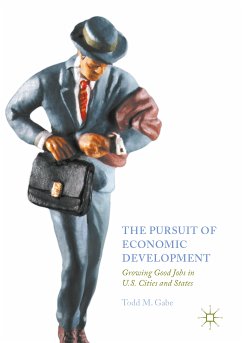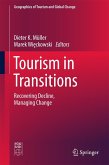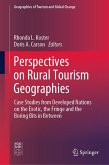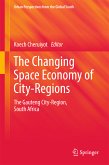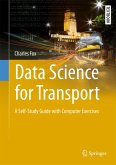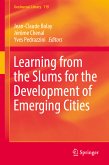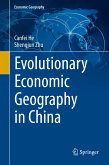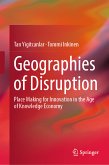This book addresses the challenge of securing high-paying jobs for American workers. It examines the impacts of a wide range of state and local characteristics-such as low taxes, high-skilled workforce, reliance on manufacturing, and even nice weather-on the economic development of U.S. regions. The author provides a detailed account for each factor's impact on the growth of good jobs. The research focuses on U.S. metropolitan areas and states, tracking employment and income change in these regions from 1990 to the near present. While providing numerous best principles for state and regional policy, the author uncovers the keys to supporting high-paying U.S. jobs in an important book that will prove invaluable to elected officials, economic development practitioners, and students interested in the pursuit of economic development.
Dieser Download kann aus rechtlichen Gründen nur mit Rechnungsadresse in A, B, BG, CY, CZ, D, DK, EW, E, FIN, F, GR, HR, H, IRL, I, LT, L, LR, M, NL, PL, P, R, S, SLO, SK ausgeliefert werden.

